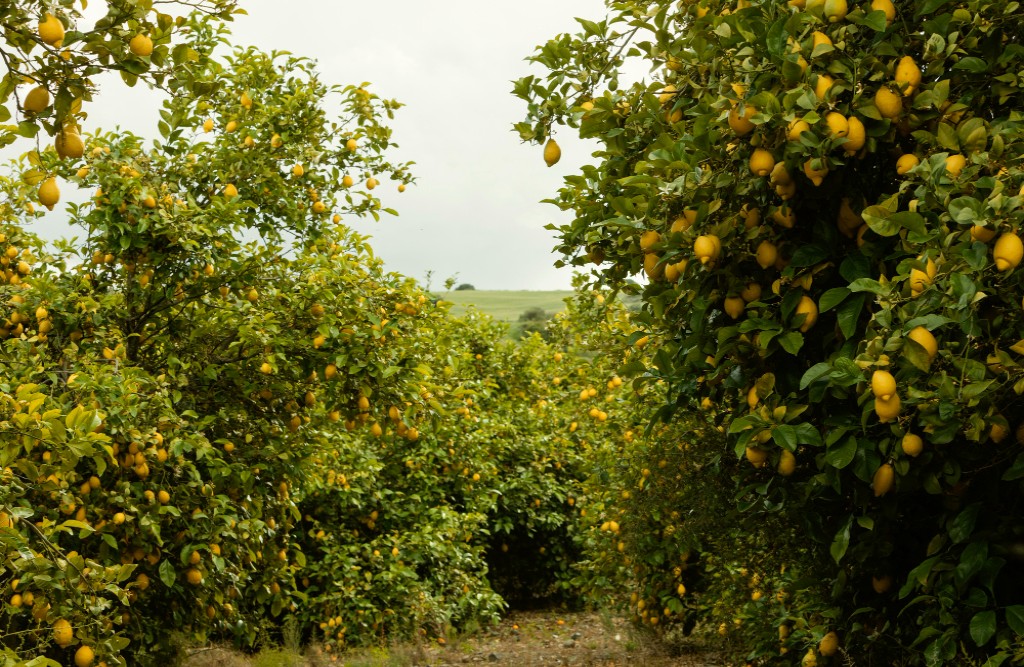
Citrus lemon, commonly known as 'Nimbu' in India, holds significant global importance, celebrated for its refreshing and tangy taste, extensively used in various culinary dishes. It is highly valued for its nutritional and medicinal attributes, serving purposes in both traditional and modern healthcare practices. Lemon juice comprises around 5% to 6% citric acid, boasting a pH level of approximately 2.2, which accounts for its distinctive sour flavor. Additionally, it is packed with vitamin C and contains trace amounts of Vitamin B, including thiamine, riboflavin, and niacin. Moreover, lemon juice finds applications in household cleaning and stain removal tasks.
Lemons, known as 'Champra' and 'Elumiccha,' are cultivated across the country for various purposes. Lemon cultivation is prevalent in states like Andhra Pradesh, Maharashtra, Madhya Pradesh, Tamil Nadu, Gujarat, Rajasthan, Karnataka, and Bihar. Additionally, other states also grow lemons for local consumption. Due to the low demand for citrus fruits and their adaptability to various soil types, lemons are readily available in markets year-round. Gujarat leads in lemon production in India, contributing 20% of the total output, followed by Andhra Pradesh at 18%, and Madhya Pradesh and Karnataka at 10%. Although India holds the title of the world's largest lemon producer, the size of Indian lemons is generally smaller compared to those from other countries.
Lemons contain citric acid, an organic acid that helps prevent the formation of kidney stones. It acts as an antioxidant, strengthening blood vessels and preventing the buildup of fat deposits in arteries. This antioxidant is utilized in certain medications targeting the circulatory system, enhancing vascular muscle and reducing bacterial inflammation. It is present in both the peel and juice of lemons.
Temperature and Soil Requirements for Lemon Cultivation: Lemon cultivation thrives best within a temperature range of 21-30 degrees Celsius, with plants needing at least 5-6 hours of sunlight exposure each day. Lemon plants flourish in warm climates, and insufficient sunlight can impede flower and fruit growth, resulting in leaf shedding. It's essential to prepare the soil thoroughly around the plant to facilitate proper flower development. Prior to planting, allow the soil to bask in sunlight for 2-4 hours.
Nutrient Management for Lemon Farming: When cultivating lemon trees, it's advisable to plant saplings in spacious containers as their roots tend to spread extensively. Regular pruning of lemon plants encourages the development of new branches. Opt for vermicompost and well-rotted cow dung manure as fertilizers, as they provide ample nitrogen, phosphorus, and potassium, essential for robust plant growth. Additionally, consider incorporating rock phosphate to boost plant vigor and fruit quality. Ensure even distribution of the fertilizer around the container's circumference before watering. It's best to refrain from using chemical additives on the plants to maintain their health and vitality.
Read More... How to do Black Pepper Cultivation india